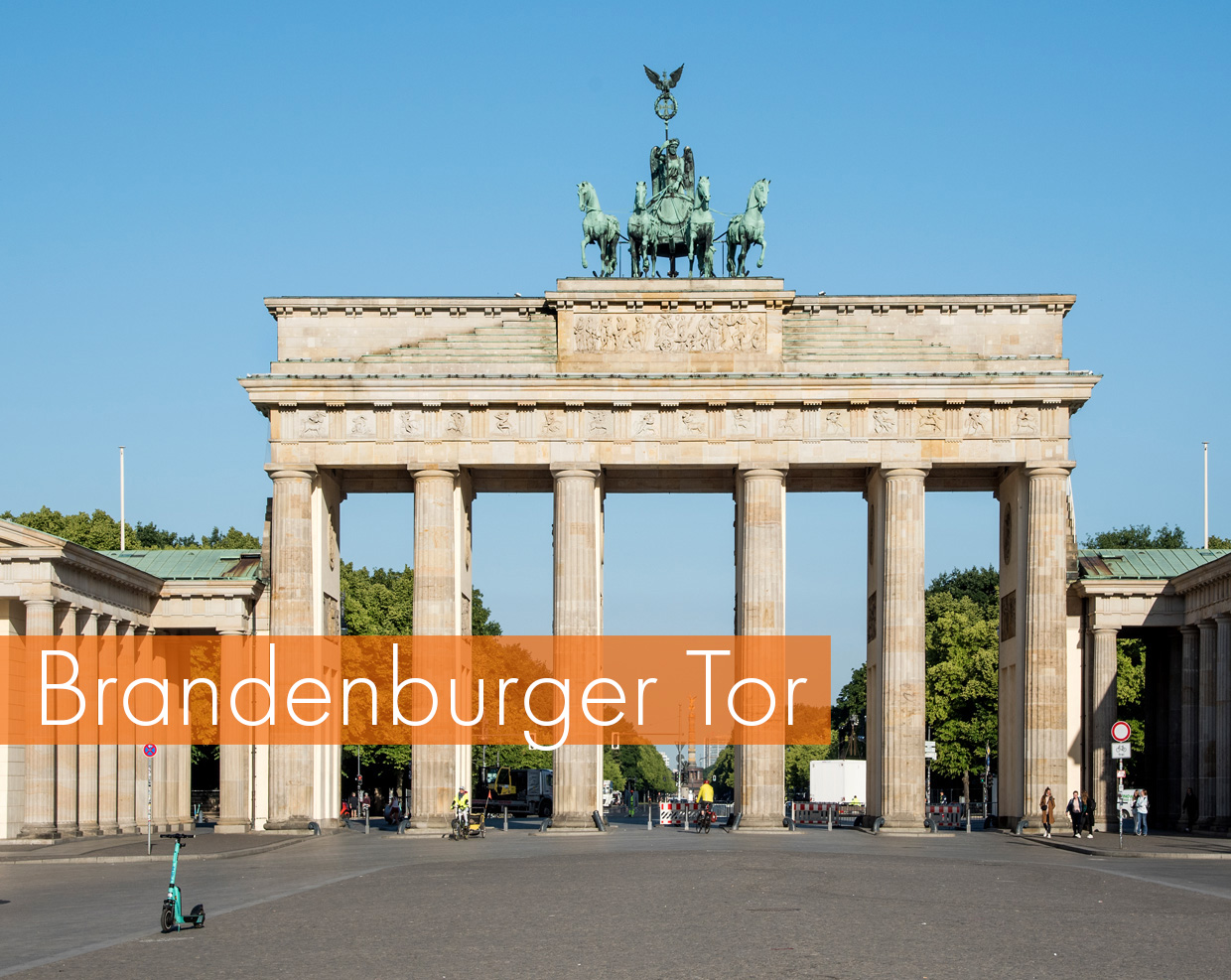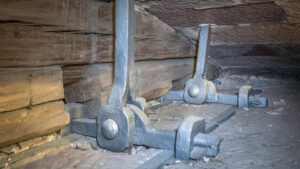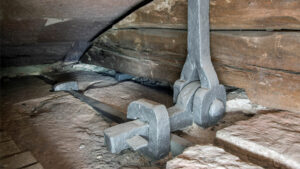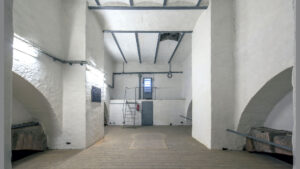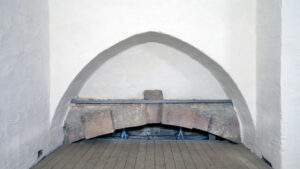Begun in 1788 and finally completed in 1795, the Brandenburg Gate is not only regarded worldwide as Berlin’s landmark, but also as the most important early neoclassical building in Prussia. It was based on the Propylaea on the Acropolis in Athens. However, the architectural design of the Berlin triumphal gate differs considerably from this. This applies even more to the construction: the structural design concepts are fundamentally different.
In the Propylaea, the load flow was determined by the principles of Greek tectonics – the simple layering of slabs, beams and columns and the direct representation of this constructive concept in the external shape. The ideal of tectonics lied in the unity of construction and form. None of this applies to the Berlin version. Behind the antique-like façade of the entablature, arches and vaults and, above all, a multitude of wrought-iron anchors and suspensions characterize the load transfer.
The Brandenburg Gate only provides an image of the antique structural language. Instead of ancient tectonics, effective pragmatism and contemporary new iron technology now determine the hidden construction.


